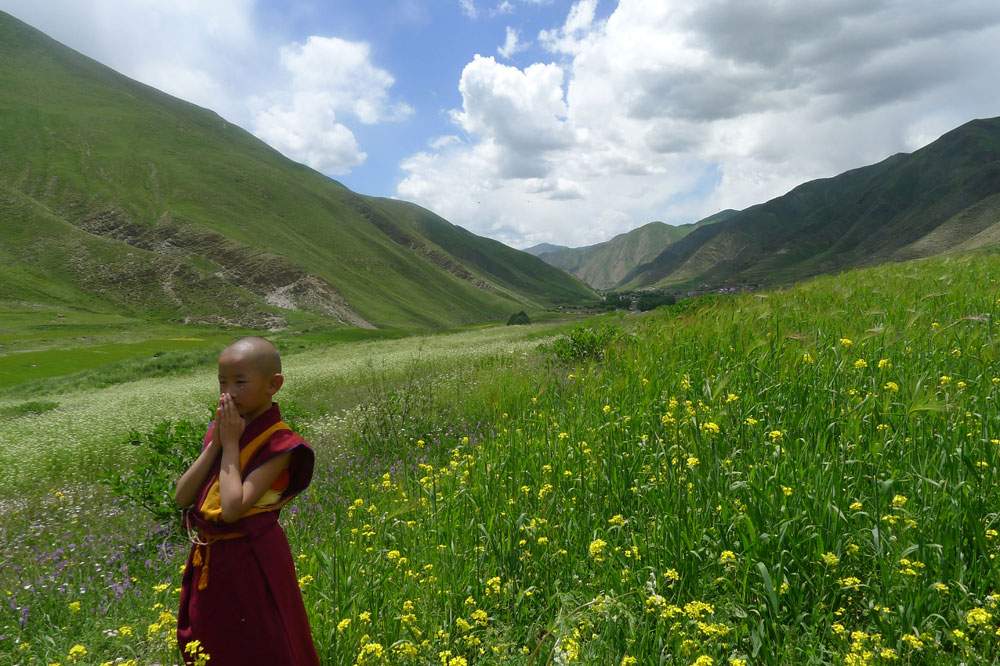In Turin, the first Italian solo exhibition of Indonesian artist Arahmaiani
PAV Parco Arte Vivente in Turin presents Politics of Disaster. Gender, Environment, Religion, the first Italian solo exhibition dedicated to Arahmaiani (Bandung, 1961), among Indonesia’s most significant female artists. Because of her radicalism and political themes, she has often been called nonconformist, blasphemous and transgressive. The exhibition, curated by Marco Scotini and on view through Feb. 28, 2021, focuses on Arahmaiani’s international career, with attention to environmental issues and oppressed subjects, women and minorities.
Arahmaiani’s approach to feminism is based on an oppositional principle of tension and “balance between feminine and masculine energy,” where all aspects of life are interconnected. Her 30 years of research addresses gender and religion, struggles for social justice and ecology, as key parameters for a critique of biopower, in Indonesia’s deeply patriarchal society.
Her focus on specific historical events is often emphasized as a history of “disaster” - gender, political, ecological disaster, in relation to which Arahmaiani creates as a “nomadic dreamer.”
From her beginnings, she has approached performance-oriented art practice as a form of political activism. She was arrested by the military regime because of her controversial performance Independence Day (1983) and some of her historic exhibitions, such as Sex, Religion and Coca Cola (1994) and Sacred Coke (1995), which caused harsh reactions and violent controversy. Etalase (Display Case), a display case that contained a Buddha statuette, a Coca-Cola, the Koran and a condom packet, provoked the ire of Islamic fundamentalists in 1994 such that she was forced to leave her country. Equally provocative is her painting Lingga-Yoni (1993), which overturns the Hindu iconography of the phallic emblem of the lingam into the feminine power of the yoni by inserting Arabic, Malay and Hindi script as a concept of cosmic unity. And again, in her performance His-Story (2000) she invites the audience to write on her body, in a society where in the public sphere men are not allowed to touch women.
Since 2010, she has then focused on environmental issues, beginning in theTibetan Plateau region, where she has actively collaborated with a community of Buddhist monks and local villagers to promote environmental conservation. The Politics of Disaster exhibition opens with this decade-long participatory project placed at the center of the exhibition space, Memory of Nature (2013 - ongoing), in which he borrows the form of the Borobudur temple in Java. It is a contemplative and meditative work that evokes the memory of the universe and emphasizes the value of respecting nature.
The exhibition proceeds backwards in time, offering various performances that the artist has dedicated over the past three decades to the themes of the commodification of women’s bodies and environmental destruction. A body subject to biopolitical processes that seem to make no difference between the exploitation of women’s reproductive labor and that of natural resources. The final two rooms are devoted to two of her most powerful performance works, the performances Handle Without Care (1996) and His-Story (2000).
Her practice, close to the women’s movement in Indonesia, is not ascribable to the categories of Western feminism, which is too concerned with individual independence and self-assertion, compared to the state of inequality and dramatic inequity in the ’global south’; its proximity is rather with the positions of Marxist feminism: the struggle for women’s liberation is a class struggle.
The exhibition is realized with the support of Compagnia di San Paolo, Fondazione CRT, the Piedmont Region and the City of Turin.
For info: www.parcoartevivente.it
Image, Arahmaiani, The Tibet Project (2010 - ongoing). Community-based participatory project. Courtesy the artist.
 |
| In Turin, the first Italian solo exhibition of Indonesian artist Arahmaiani |
Warning: the translation into English of the original Italian article was created using automatic tools. We undertake to review all articles, but we do not guarantee the total absence of inaccuracies in the translation due to the program. You can find the original by clicking on the ITA button. If you find any mistake,please contact us.





























